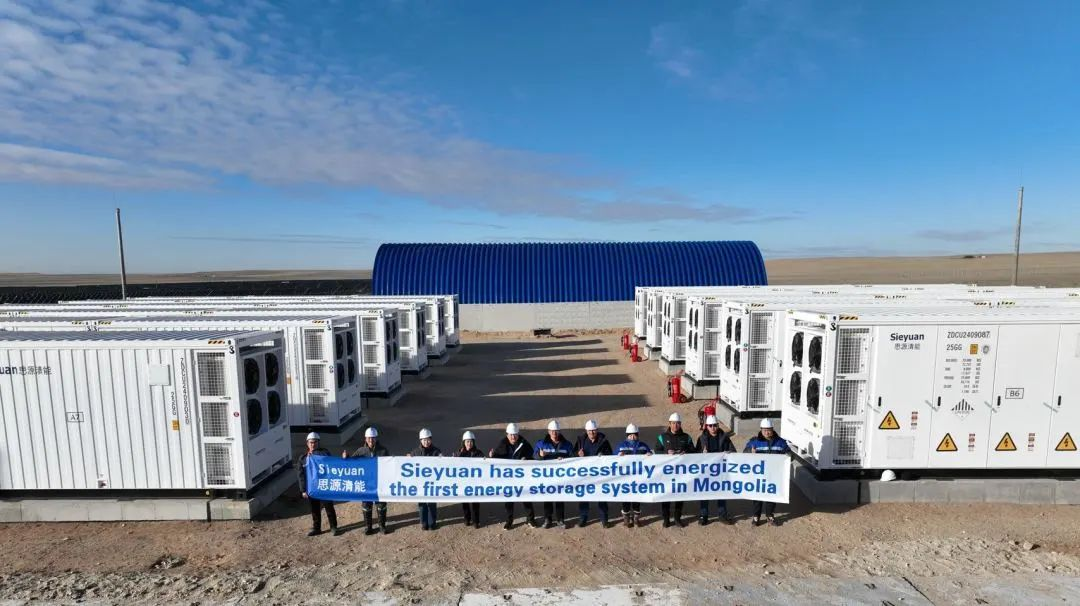Electricity is one of the most modern energy forms that humans came to know, and continues to develop through newer channels and inventions. The energy that today’s wind turbines or solar power panels convert into electricity needs special equipment in order to fully utilize its potential and power whole cities. This post, in particular, focusses on one of such devices called an inverter.
There are numerous types of inverters focused on separate energy channels or objectives. In order to provide the best power shape and supply the generated energy within the grid system, inverters are sized and scaled accordingly. When the generated energy comes in direct current form or DC, Inverters make sure that it gets distributed in alternating current or AC form. The rest of the energy that stays within the inverter gets saved for later use and helps control the flow of energy.
In the market, there are numerous kinds of inverters that are designed to serve different applications or perform specific tasks. However, the well-known categories include string inverters, microinverters, and central inverters. Typically, string inverters can be found in homes that have solar panels which are installed in a series. Instead, microinverters are embedded in every single panel and thus, allow enhanced optimization and efficiency of performance. The majority of them are used in vast areas of solar farms where a central inverter is required to monitor multiple solar panel outputs simultaneously.
However, the latest evolution of inverter technology must be considered as well: smart inverters have emerged which stand out due to the presence of advanced grid support functionalities, real time monitoring capabilities and communication with energy management systems. Such advances make the entire renewable energy systems more reliable and efficient thus easing the integration of these services to the grid and advancing the sustainable future of energy systems. Also, reign of energy storage technologies such as batteries can be a game-changer for the inverter industry, as they allow for constant energy supply and use even if renewable energy generation is low.
The growth of the energy sector brings along the need for reliable and innovative inverters, and this demand is likely to increase in the coming years. According to recent industry patterns, the market for inverters is moving to more compact, power-efficient and smarter inverters that are capable of evolving with the energy industry. The use of artificial intelligence and machine learning technologies in inverter technology is also growing, which offers improved performance and advanced maintenance control. Not only does this the improve the operational capabilities of renewable energy systems but also helps in achieving lower energy costs to the end users.
To conclude, inverters are one of the key elements in the renewable energy matrix, utilizing energy from the renewable sources and changing it into electrical energy that can be used. With ongoing improvements in technology and an ever growing consumer base, the role of inverters will keep on changing, hence affecting the future of sustainable energy.
 EN
EN
 AR
AR
 BG
BG
 HR
HR
 CS
CS
 DA
DA
 FR
FR
 DE
DE
 EL
EL
 HI
HI
 PL
PL
 PT
PT
 RU
RU
 ES
ES
 CA
CA
 TL
TL
 ID
ID
 SR
SR
 SK
SK
 SL
SL
 UK
UK
 VI
VI
 ET
ET
 HU
HU
 TH
TH
 MS
MS
 SW
SW
 GA
GA
 CY
CY
 HY
HY
 AZ
AZ
 UR
UR
 BN
BN
 LO
LO
 MN
MN
 NE
NE
 MY
MY
 KK
KK
 UZ
UZ
 KY
KY




